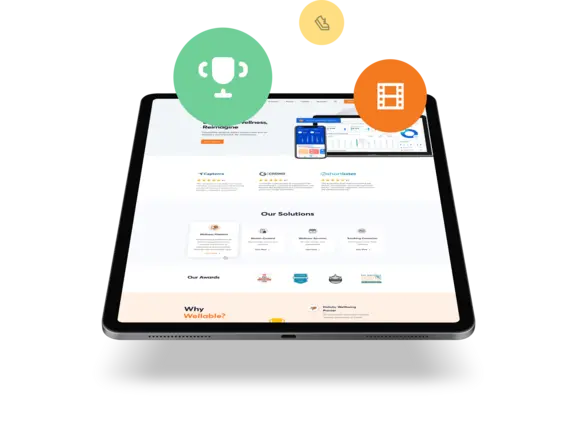Maintaining And Updating Wellness Portal
Regularly Reviewing Portal Performance
An employee wellness portal is not a one-time implementation, but an ongoing process. Continuously monitor the performance of your portal and identify areas for improvement. Seek feedback from employees and adapt to their changing needs. By regularly revisiting and optimizing your wellness portal, you can ensure its long-term success.
Adapting To Employee Needs And Feedback
Employees' needs and preferences may evolve over time. Stay attuned to their feedback and make adjustments to your wellness initiatives accordingly. Consider introducing new features or programs based on employee suggestions to keep the portal engaging and relevant.

Ensuring Data Security And Privacy
As with any digital platform, data security and privacy should be a top priority. Implement robust security measures to protect employee information. Clearly communicate your data protection policies to employees and reassure them that their privacy is respected. Regularly review and update your security protocols to stay ahead of potential threats.
Implementing an employee wellness portal is a proactive step toward fostering a healthy and engaged workforce. By understanding the importance of employee wellness, implementing key features, and promoting the portal effectively, employers can create an environment that prioritizes employee well-being. Regular maintenance and updates will ensure that the wellness portal remains a valuable resource for employees in their journey towards improved health and overall success.








Social Feed
Wellness programs can be designed to promote positive social interactions, boost team cohesion, and improve engagement. Rather than pushing employees to adopt yet another communication tool, progressive wellness platforms are encouraging the use of enterprise collaboration tools. Connecting your wellness platform with Microsoft Teams or Slack empowers employees to socialize and share their wellness experiences as a natural extension of existing workflows.